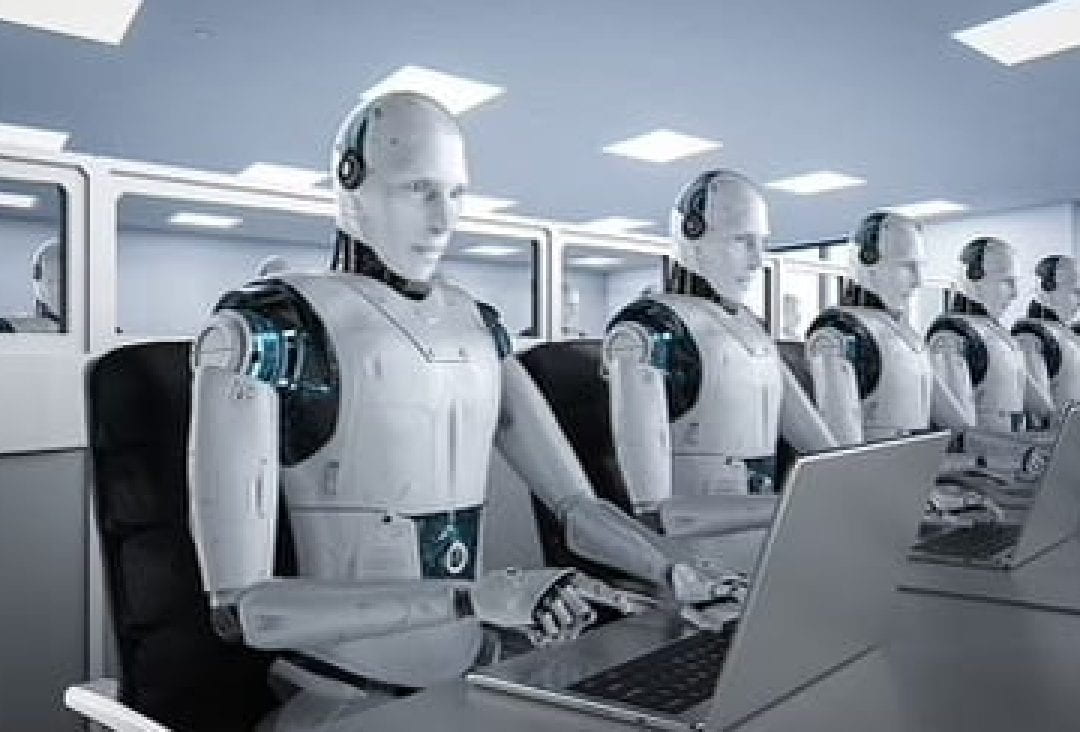The idea of AI actually originates from ancient Greece. However, without working machines and computers, those ideas could not be translated into real-world automation. So, despite what you might have read elsewhere, the true history of automation starts far closer than Aristotle and Socrates. The early life of automation begins, then, with the industrial revolution and industrial machinery between 1790 and 1840. Then, like now, people feared the impact of automation on their jobs. (Though it all turned out well in the end). As for AI, in 1837, Charles Babbage began the creation of a prototype machine called “The Analytical Engine” (which would later earn the name ‘computer’). His friend, Ada Lovelace, created the first-ever computer program, which would have run on the machine. In 1950, Alan Turing devised a way to measure the ‘intelligence’ of a machine, which tested the machine’s ability to ‘think’. It is known as The Turing Test and is still used today. Following this period of innovation, the history of automation saw something of a subdued period. The 70s and 80s came to be referred to as the AI winter. Interest in the development of AI dwindled, and people became more pessimistic about its chances of success. This didn’t mean that AI research was on hold, merely that it stepped out of the limelight for a while. Computerized automation started to develop around this time, and the 90s would mark the start of AI development moving away from physical bots to digital programs. The 1990s was a time for major advances in AI. An artificial intelligence called ‘Deep Blue’ defeated chess grandmaster Garry Kasparov at chess. NASA deployed its first autonomous robotics system, Sojourner, on the surface of Mars. Meanwhile, web crawlers (and other AI-based data extraction programs) became a key part of widespread web use. The 90s also marks the time when the history of automation fully intertwined with business process management. The growth of BPM and computerized automation led to the 90s being known for large BPM systems. The history of automation suffered a distinct gap in the advancement of technology in the early 2000s. After the creation of ASIMO, (which is claimed to be ‘the world’s most advanced humanoid robot’) by Honda in 2000, automation development went quiet for a while. Negative reviews of business process management (for which business process automation is an invaluable tool) saw search rates for the term drop by more than half between 2004 and 2011. Business interest in automated management solutions had unexpectedly dipped. In 2011, the release of Apple’s Siri broke the radio silence period regarding automation breakthroughs. Siri triggered a new age of automation and AI-driven assistants. This embodied the move away from physical robots and into the development of computerized automation, and AI software that had begun in the late 80s and early 90s. Business process automation or BPA is becoming more and more refined and efficient. In the present day, automation software has become a necessity rather than a luxury. Its widespread use is optimizing employee time and work, and leading to enormous resource savings. It isn’t perfect. Siri doesn’t always have the answer, Alexa occasionally mishears us. NPCs in video games do stupid (and hilarious) things, and as recently as 2016 we saw the failure that was Microsoft’s Tay. But despite these shortfalls, AI and automation are more versatile now than ever before. And they’re developing and improving by the day. The history of automation, despite a few bumps along the way, has seen a lot of success in a short period of time. It continues to grow and evolve today, providing us with more innovative solutions, interactive AI, and assistance in unraveling the secrets of the universe. As exciting as current and future tech is, we shouldn’t forget the history of automation or the work that it has taken to get us where we are today.
https://www.thinkautomation.com/bots-and-ai/a-history-of-automation-the-rise-of-robots-and-ai/

